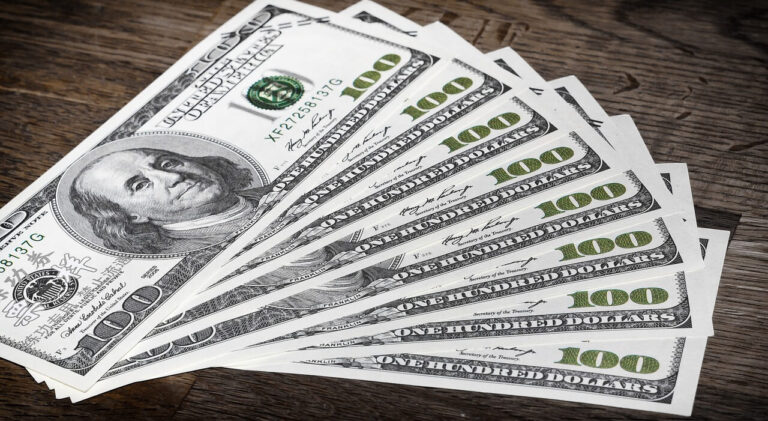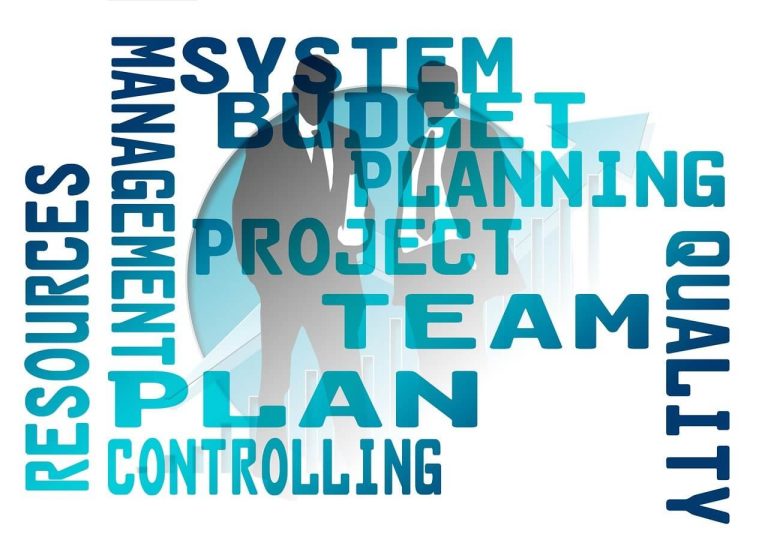How to Plan for Big Purchases: Essential Guide
Learn how to prepare for big purchases with simple steps. Set a budget, explore payment options, and keep your finances secure for future needs.
Everyone’s financial situation and spending priorities are different. What works for one person might not work for another. However, one rule stays the same: saving money means spending less than you earn. For major purchases, a little planning can help you save and feel satisfied with your decision. This applies to everything from everyday needs like appliances and investments like cars or homes.
Avoid making impulse decisions when it comes to expensive items. Taking time to think things over, especially when the cost is high, prevents regret later. Though the excitement of buying something new is real, stretching your budget could lead to stress that lingers long after the initial thrill.
To ease any worries about big purchases you have to make a plan, review your budget, and give yourself time to consider all the details.
Steps In Planning For Big Purchases
Understand your needs:
Knowing which features are necessary will help you set a budget and avoid extra costs. For example, buying a home may require enough space, but a parking spot might be an added luxury. These extras can quickly increase the price.
Review your finances:
Start by understanding what you can afford based on your income, expenses, and other financial responsibilities. It’s important to track your monthly income and where your money is spent. Don’t forget to account for your net income, the amount left after taxes.
Estimate costs:
Once you know what you’re saving for, figure out the price. This helps set a clear savings target. For example, if you’re planning to buy a car, research the price of various models, insurance, and maintenance costs. Also, factor in inflation, especially if your goal is long-term.
Decide how to pay:
Consider if savings, financing, or a combination of both will work for you. For larger purchases like a home or car, a loan might be practical, especially when interest rates are low. Saving for a down payment can reduce the size of the loan and lower the overall cost.
In emergencies, like when an essential appliance breaks, financing may be necessary. Compare your options to avoid high interest rates.
Pay yourself first:
Before spending on bills, debt, or entertainment, set aside a portion of your income for savings. Automating your savings can make this easier by directly depositing a portion into your savings account. Starting small is fine; the important part is consistency.
Create a savings plan:
After determining the amount needed for a down payment or the entire purchase, set a timeline to meet your goal. Using a savings calculator can help. Experts often suggest keeping savings in a separate account to stay focused.
Long-term financial goals:
Big purchases can derail other financial plans if not managed carefully. It’s important to prioritize emergency and retirement funds. Also, think beyond the purchase itself. Consider how this expense will impact long-term goals, like retiring comfortably. The initial costs are easy to spot, but long-term consequences may not be as clear.
READ ALSO: Financial Literacy for Kids: Essential Guide
READ ALSO: Philanthropic Financial Planning: Full Guide
READ ALSO: How to Plan for Retirement in Nigeria: Full Guide 2024
READ ALSO: How to Read and Understand Your Bank Statements 2024
Tips for Saving for a Big Purchase
Look at payment methods:
Calculate the cost of different payment options. Paying in cash might save you from interest, but financing could spread the payments over time. Also, some items like cars or electronics might be worth buying. Always compare costs, warranties, and the lifespan of the product.
Use helpful tools:
To make saving easier, money Saving apps can help you set, track, and achieve your goals.
Decide between cash or debt:
For big purchases, using cash is a safer option, but loans come with risks. For a primary home, taking on debt might be reasonable, but for a second home, avoid overextending yourself. If you choose a loan, understand the terms, interest rates, loan periods, and payment schedules so you know the true cost.
Consider opportunity costs:
Think about what you may give up by making this purchase. For instance, using $15,000 for home renovations might delay your retirement or pay off other debts. Make sure you weigh all possibilities.
Frequently Asked Questions
What’s the best way to handle big purchases?
Breaking up large payments into smaller, manageable ones can make things easier. Pay-over-time financing lets you spread out the cost, often with little or no interest or fees. This approach gives you fixed payments over a set period, and you’ll know the total cost upfront before making a decision.
What counts as a big purchase?
A big purchase is something that significantly affects your financial picture. The key question is whether it raises your debt or reduces your cash reserves in a noticeable way.
How long should you wait before a big purchase?
It’s helpful to take a few days to think before making a big purchase. For larger items, give it a week or even a month. Sometimes, after a little time passes, you may realize you don’t really need it.
What steps should you take before making a large purchase?
Start with a clear budget. Decide how much you’re willing to spend and stick to it. Research the product to understand its value and compare options to make sure it’s worth the investment.
How do I decide on a big purchase?
Think about your future financial needs. Make sure you have an emergency fund and have accounted for long-term commitments like retirement savings, insurance, and ongoing expenses before making a big purchase.
Conclusion:
Careful planning is essential when preparing for big purchases. Understanding your needs, setting a clear budget, and evaluating payment options can help you avoid financial strain.
Whether you’re saving for a new home or replacing an essential appliance, consistent savings and thoughtful decisions will keep your finances on track.
Stick to your long-term financial goals and always weigh the potential impact on your future before committing to a large expense.







